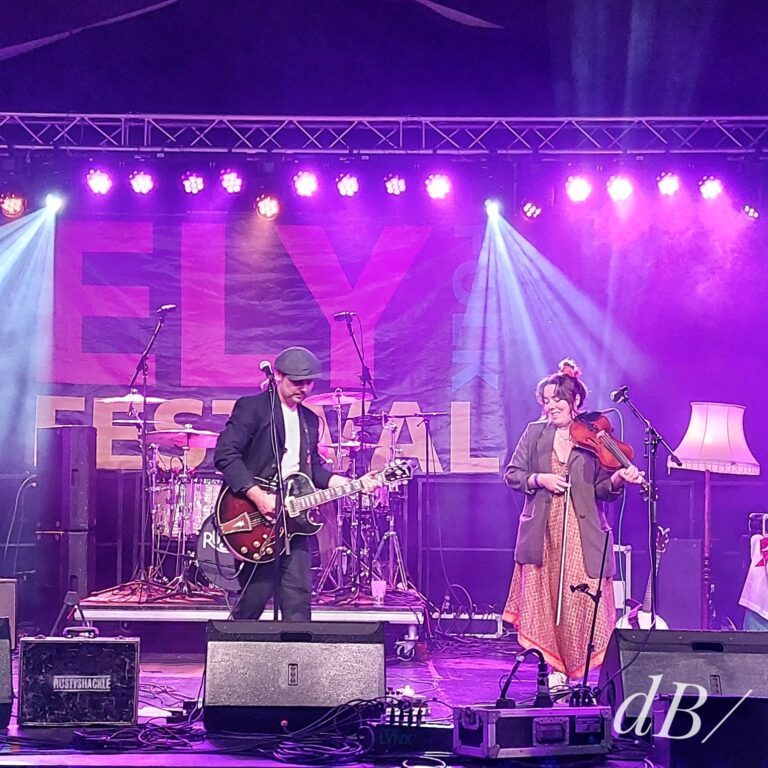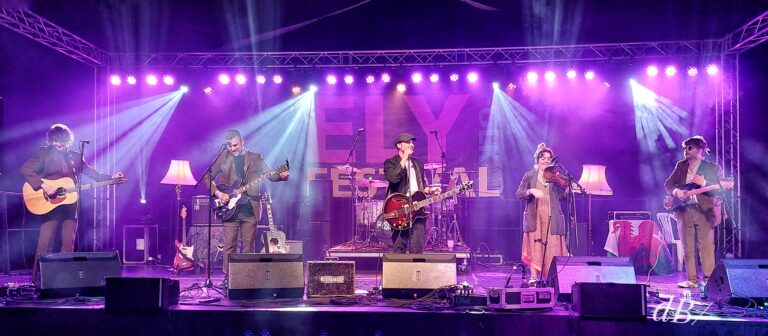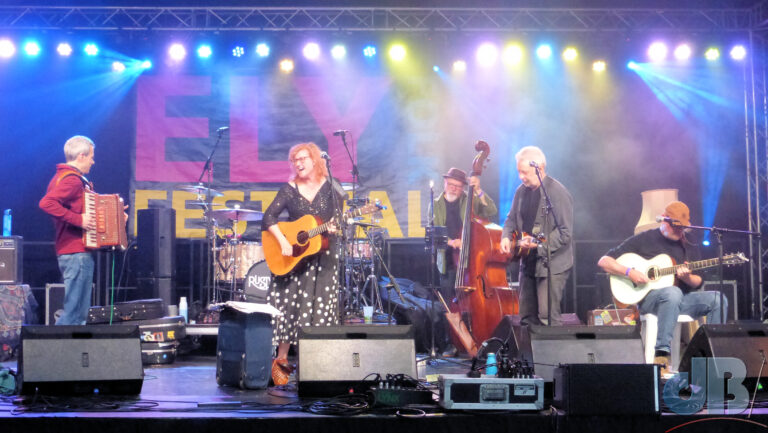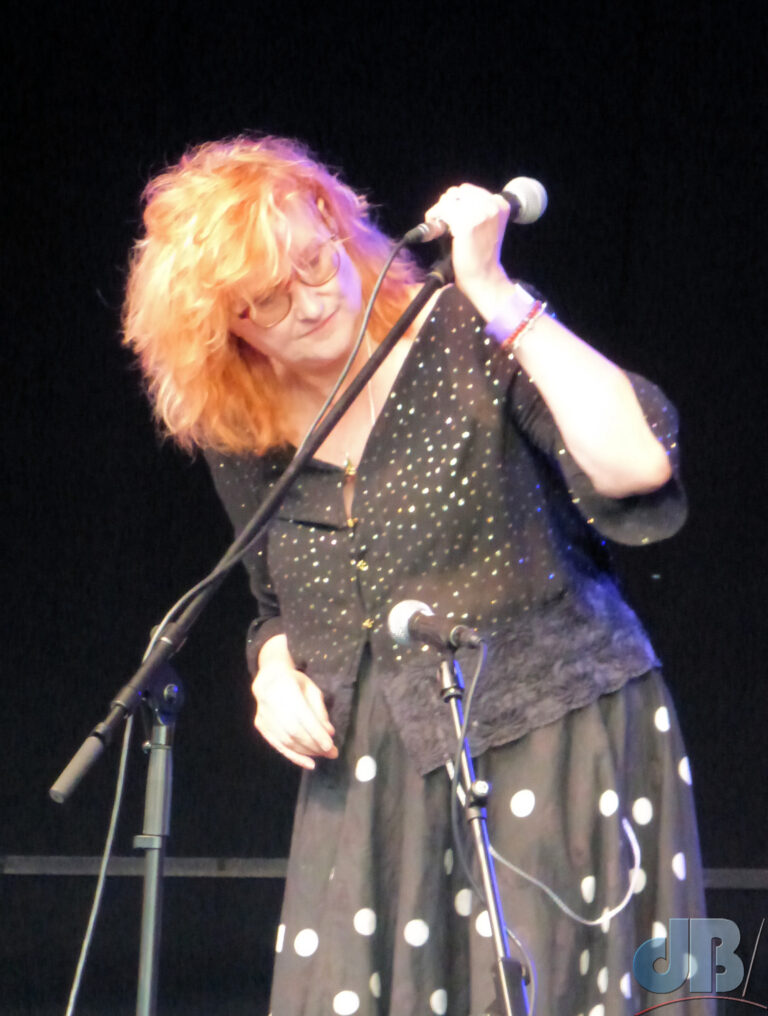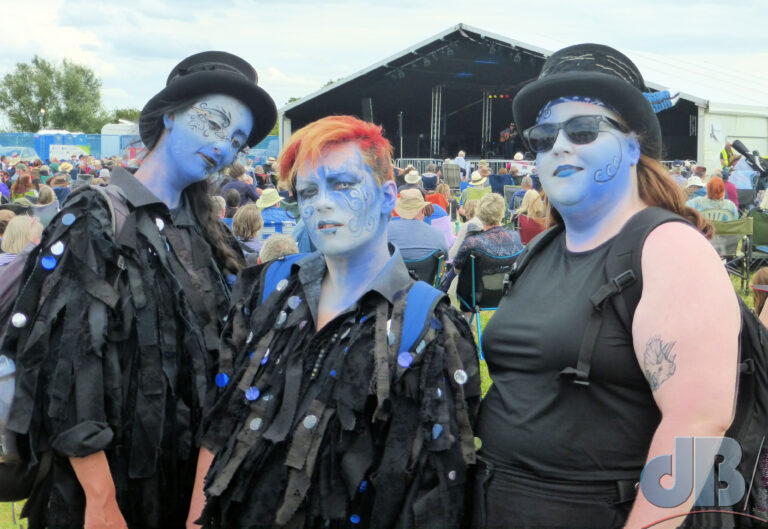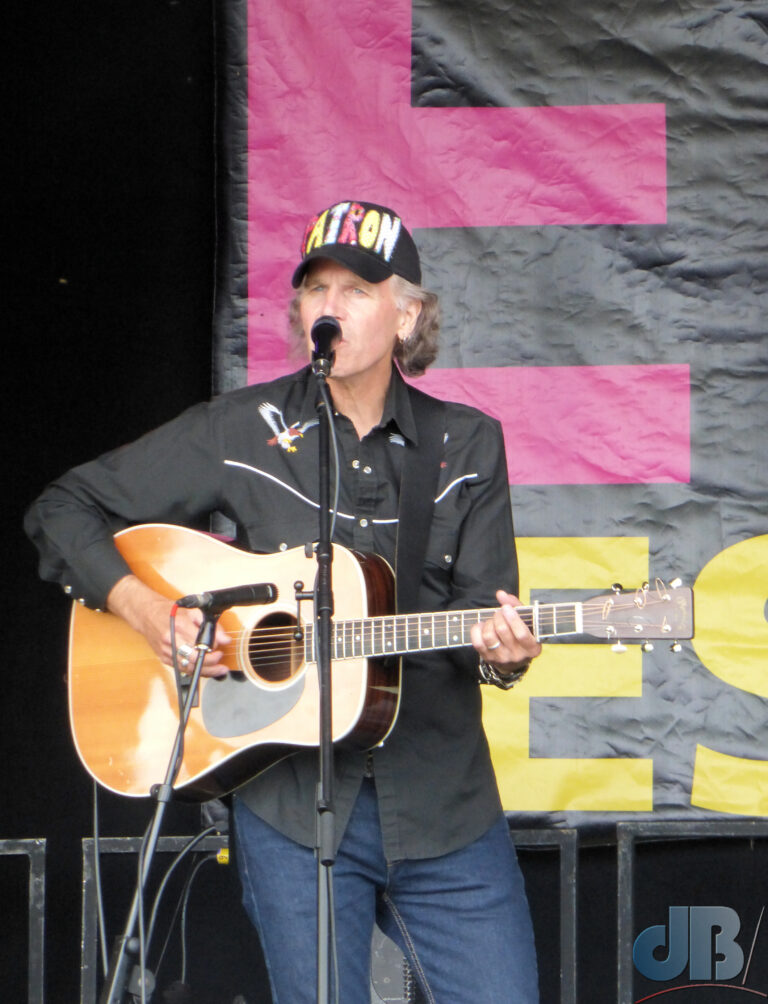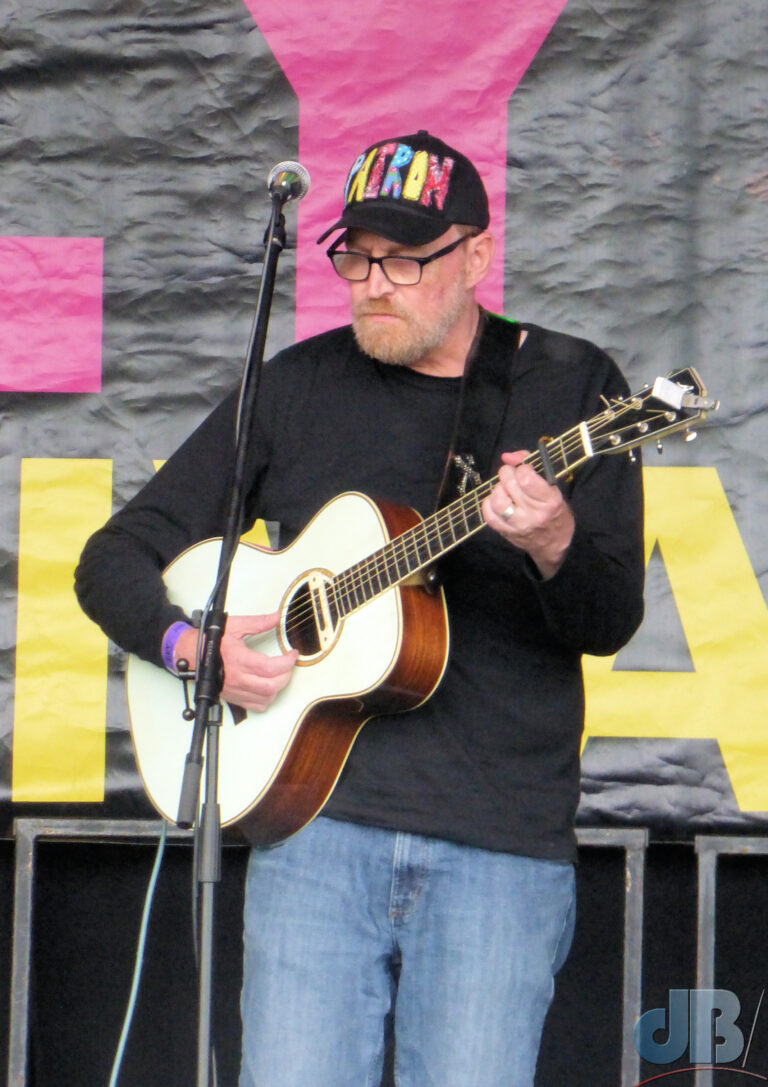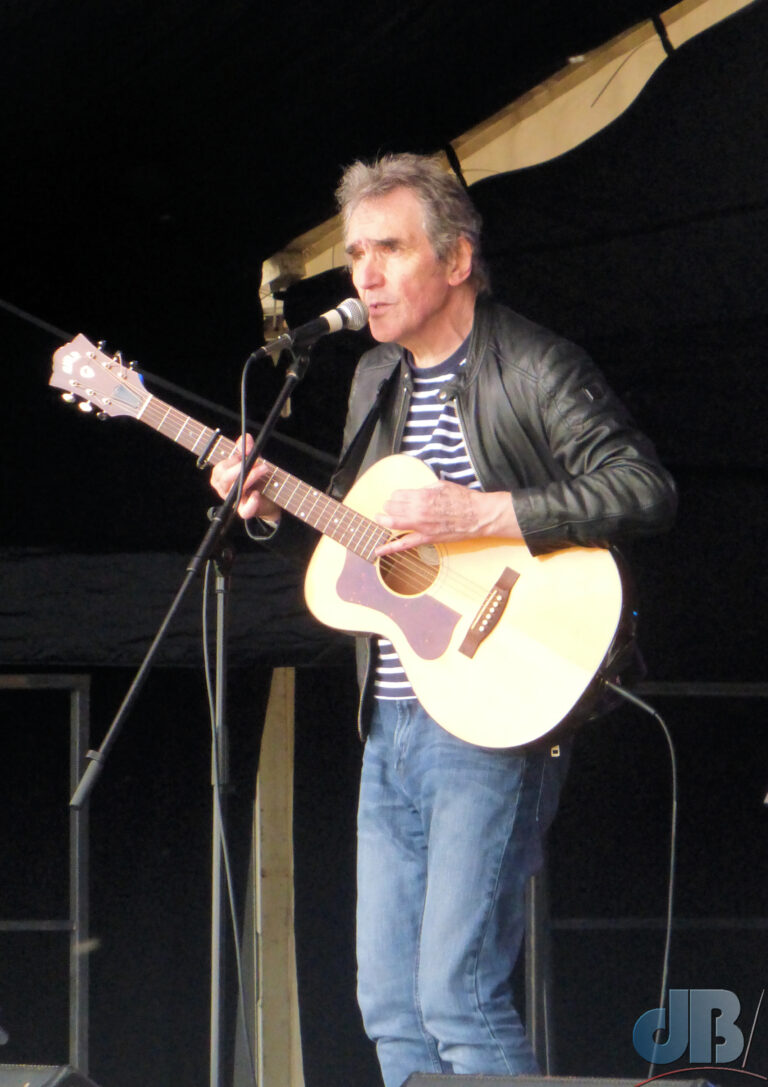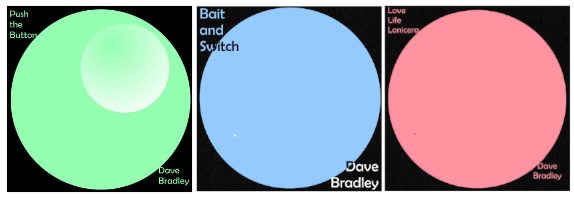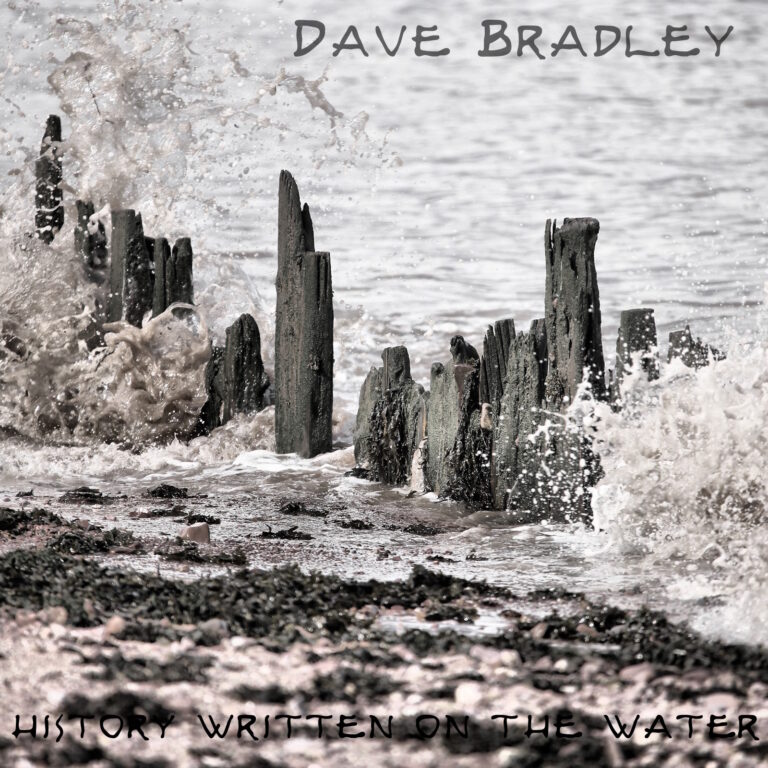We overheard an older gent singing in the chapel in Los Gigantes (pictured on the artwork) on our February 2025 trip to Tenerife. He had a lovely voice, it was very moving, we stayed out of the chapel, not wishing to intrude. I said hola to him as he emerged and complimented him on his singing voice. He responded with a tear in his eye and told us that he had been singing to his wife in Heaven. It touched us. I had to write a song – Lost Tomorrows.
Some of the lyrics I put together while we were still in the Canaries, but I had no idea what they’d become until I got home. There was originally a line about the land of the giants, Los Gigantes, but that sounded a little incongruous so I changed that to the reference about mantras. The desert was a reference to the Sahara, the pilots the whales and the captains of the boats.

The milkweed queen is the monarch butterfly, Danaus plexippus* (aka Milkweed, Common Tiger, Wanderer, and Black-veined Brown), of which I saw only one on the trip. The pressure that brings the bends was an allusion to how deep the ocean is between Tenerife and its neighbouring island of La Gomera. Our denying the English winter was what we’d planned to do as a birthday treat, although it was soured by us both being ill. The tide that never turns was the title of an older song of mine that emerged from a trip to Malta’s Twin Cities many years ago.
I did all the vocals, Taylor and Martin acoustic guitar parts, and recorded the strings, cello, and mute trumpet as MIDIS sounds using an Akai keyboard.
The song is in three sections. The first (Part 1 – Lost Tomorrows) is a conventional singer-songwriter tune, which features my Taylor six-string acoustic guitar and begins with the sound of a Canary Island Chiff Chaff. That main ends at about 4’07”.
The second section (Part 2- Forever Girl) is a little different. I’d recorded a demo of the song on my phone, playing my Martin acoustic. It was very rough, but with a bit of tweaking I pulled together a lo-fi loop of the original arpeggiated intro. This section features the sound of the rolling Atlantic Ocean. I then played several keyboard parts assigned to cello, mute trumpet, and string section sounds.
At about 6’53”, section 2 intersects with the third section (Part 3 – Ubi Caritas.), which is snippet of a choral piece I attempted using some of the words from Ubi Caritas. The original text is attributed to Paulinus of Aquileia in 796 CE, so well out of copyright.
“Ubi caritas et amor, Deus ibi est Congregavit nos in unum Christi amor”
I added a lot of cathedral-scale reverb to this choral tailpiece as well as EQing the vocals to make them seem distant. It was meant to be a direct allusion to the old gent singing in the chapel, although he had a much sweeter voice in that setting and was solo a capella. The choral section fades in and out with the sound of an Atlantic Canary singing and, once more, those Atlantic rollers.
Intriguingly, the old man singing in the chapel was dressed largely in yellow with yellow trainers…almost a visual allusion to the local wild canaries. I wish we’d been able to have a longer chat with him, perhaps have a coffee together.
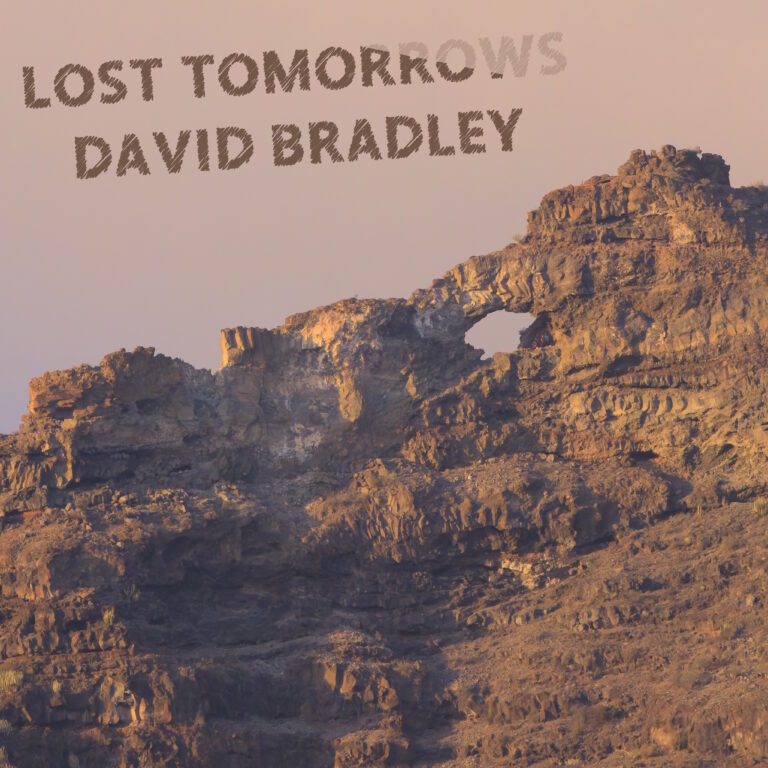
The line from Ubi Caritas translates from the Latin as: Where charity and love are, God is there. The love of Christ has gathered us together into one. If you’re into that sort of thing.
*Not the same species as another butterfly often called the African Monarch, Danaus chrysippus (aka Plain Tiger, African Queen), which I photographed on Kythira in 2019.
